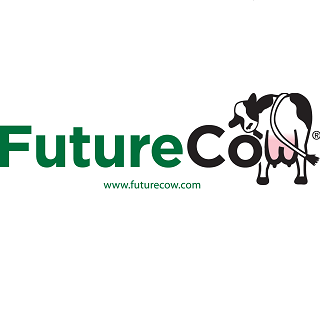World Markets

During the five weeks ending 3 September 2011 the steer kill increased by 19 per cent year-on-year, with an increase of 2,500 head in the number of steers killed this August compared to the same period in 2010.
It is possible that the increased kill in August may be a reflection of the poorer weather during the summer which may have delayed finishing to some extent. A recovery in the number of cattle imported for direct slaughter from ROI has also boosted the kill relative to earlier in the year.
However, this increase in the steer kill was not matched by any increase in the heifer kill. With the young bull kill down by 30 per cent compared to last August, prime cattle supplies for August 2011 were more or less the same as August 2010. So far this year, prime cattle supplies are down by seven per cent year on year.
The reduced kill year on year reflects reduced availability of prime cattle on the ground and developments in the live trade over the year to date.
The June census (see Bulletin Issue 2181) shows that the number of cattle on the ground over one year old, remains much lower than 2010 levels. Earlier in the year, the availability of finished cattle in the plants was impacted by reduced imports of prime cattle for direct slaughter from ROI, and increased exports in the opposite direction.
Cow slaughterings have been very strong throughout 2011 to date and this August cow slaughterings were 25 per cent higher than in August 2010. Over the year to date, cow slaughterings are 13 per cent higher than 2010 levels. The mature bull kill has followed the trend with young bulls and was back by 40 per cent in August.
Combined, these changes have meant that overall slaughterings are four per cent higher in August, although numbers are back four per cent for the entire year to date. With a slight increase in average slaughter weights total beef production (carcase weights) is up by five per cent on the year.






















